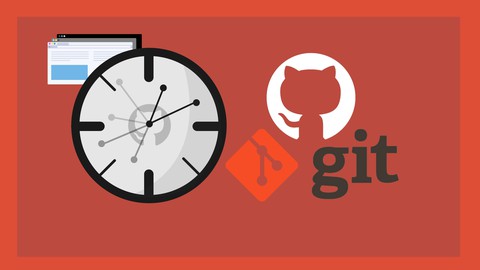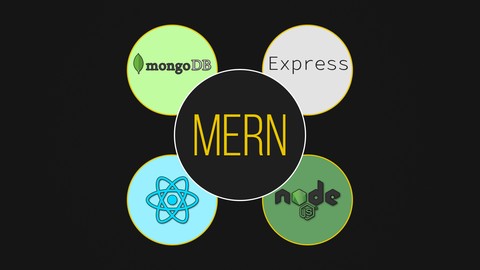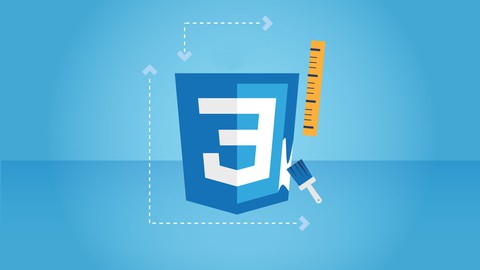
The Ultimate Beginners Guide to Fuzzy Logic in Python
Understand the basic theory and implement fuzzy systems with skfuzzy library! Step by step implementations
Created by Jones Granatyr, IA Expert Academy, Eduardo Alexandre Franciscon | 4.5 hours on-demand video course
Fuzzy Logic is a technique that can be used to model the human reasoning process in computers. It can be applied to several areas, such as: industrial automation, medicine, marketing, home automation, among others. A classic example is the use in industrial equipments, which can have the temperature automatically adjusted as the equipment heats up or cools down. Other examples of equipments are: vacuum cleaners (adjustment of suction power according to the surface and level of dirt), dishwashers and clothes washing machines (adjustment of the amount of water and soap to use), digital cameras (automatic focus setting), air conditioning (temperature setting according to the environment), and microwave (power adjustment according to the type of food).
In this course, you will learn the basic theory of fuzzy logic and mainly the implementation of simple fuzzy systems using skfuzzy library. All implementations will be done step by step using the Python programming language!
What you’ll learn
- Understand the theoretical concepts of fuzzy logic, such as: linguistic variables, antecedents, consequent, membership, fuzzification, and defuzzification
- Learn defuzzification calculations using the following methods: centroid, bisector, MOM, SOM and LOM
Implement fuzzy systems using skfuzzy library - Simulate a fuzzy system to choose the percentage of tip that would be given in a restaurant
- Simulate a fuzzy system to adjust the suction power of a vacuum cleaner, according to the type of surface and amount of dirt
- Implement data clustering using the fuzzy c-means algorithm
Recommended Course






![Angular & NodeJS - The MEAN Stack Guide [2025 Edition]](https://couponos.me/wp-content/uploads/Angular-NodeJS-The-MEAN-Stack-Guide-2024-Edition-336x220.jpg)



 Wishlist
Wishlist